Market Growth Projections
The Global Green Building Materials Market Industry is on a trajectory of substantial growth, with projections indicating a market value of 1410.2 USD Billion by 2035. This growth is underpinned by a compound annual growth rate (CAGR) of 12.21% from 2025 to 2035. Such figures suggest a robust demand for sustainable building materials, driven by various factors including environmental awareness, government regulations, and technological advancements. The market's expansion reflects a broader trend towards sustainability in the construction sector, highlighting the increasing importance of green materials in meeting future building needs.
Rising Environmental Awareness
The increasing global consciousness regarding environmental sustainability appears to be a primary driver for the Global Green Building Materials Market Industry. As consumers and businesses alike become more aware of the ecological impacts of traditional construction materials, there is a notable shift towards greener alternatives. This trend is reflected in the projected market value of 397.2 USD Billion in 2024, indicating a robust demand for sustainable building solutions. Governments worldwide are also implementing stricter regulations and incentives to promote eco-friendly construction practices, further propelling the market's growth.
Consumer Demand for Sustainable Living
The growing consumer preference for sustainable living is a significant factor influencing the Global Green Building Materials Market Industry. As individuals become more environmentally conscious, they increasingly seek homes and buildings that reflect their values. This shift in consumer behavior drives demand for green building materials, as homeowners and developers prioritize energy efficiency, reduced carbon footprints, and healthier living environments. The market's expansion is evident, with projections indicating a value of 397.2 USD Billion in 2024, as consumers actively choose sustainable options in their construction and renovation projects.
Government Initiatives and Regulations
Government policies and regulations aimed at promoting sustainable construction practices significantly influence the Global Green Building Materials Market Industry. Various countries are enacting legislation that mandates the use of green materials in public and private construction projects. For instance, the implementation of building codes that prioritize energy efficiency and sustainability is becoming increasingly common. These initiatives not only encourage the adoption of green materials but also create a favorable environment for market growth. As a result, the market is expected to expand, reaching an estimated value of 1410.2 USD Billion by 2035, driven by these regulatory frameworks.
Technological Advancements in Material Science
Technological innovations in material science are transforming the Global Green Building Materials Market Industry. The development of advanced materials, such as recycled composites and bio-based products, enhances the performance and sustainability of building materials. Innovations like self-healing concrete and energy-efficient insulation materials are gaining traction, offering improved durability and reduced environmental impact. These advancements not only meet the growing demand for sustainable solutions but also align with the industry's shift towards more efficient construction practices. As a result, the market is poised for significant growth, with a projected CAGR of 12.21% from 2025 to 2035.
Increasing Urbanization and Infrastructure Development
The rapid pace of urbanization and infrastructure development globally is a crucial driver for the Global Green Building Materials Market Industry. As urban populations continue to swell, the demand for sustainable housing and infrastructure rises correspondingly. This trend is particularly evident in developing regions, where the need for eco-friendly construction solutions is paramount. The integration of green materials in urban planning not only addresses environmental concerns but also enhances the quality of life for residents. Consequently, the market is expected to thrive, reflecting the growing emphasis on sustainable urban development.
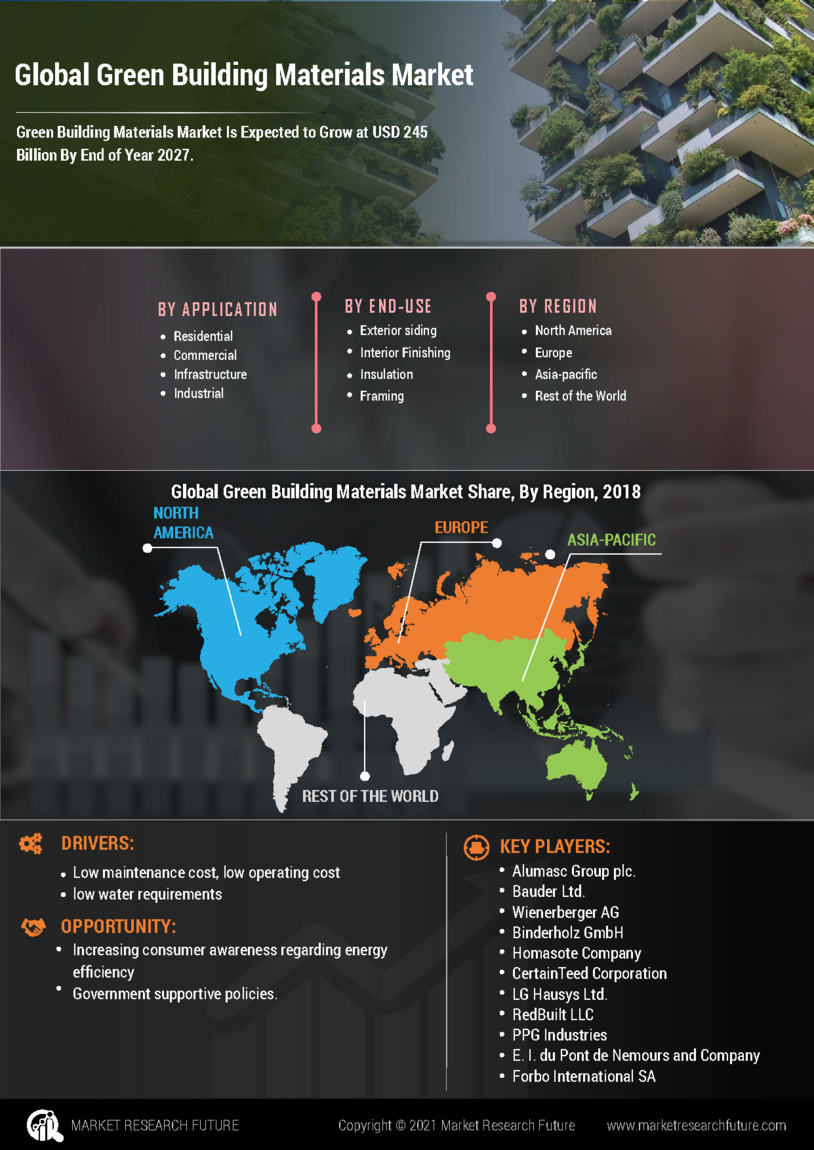

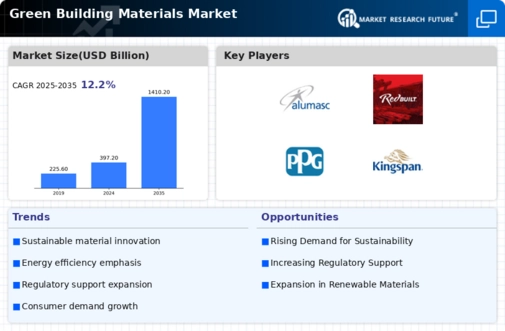

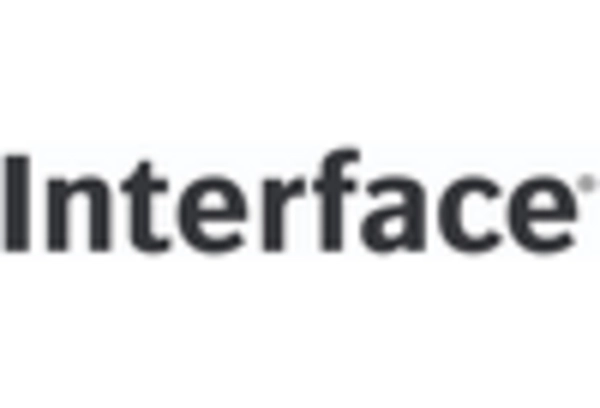
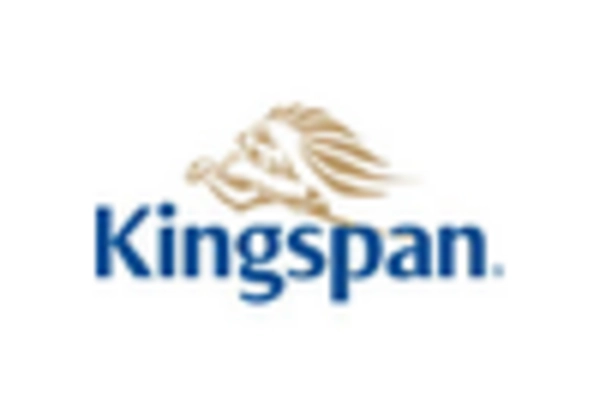
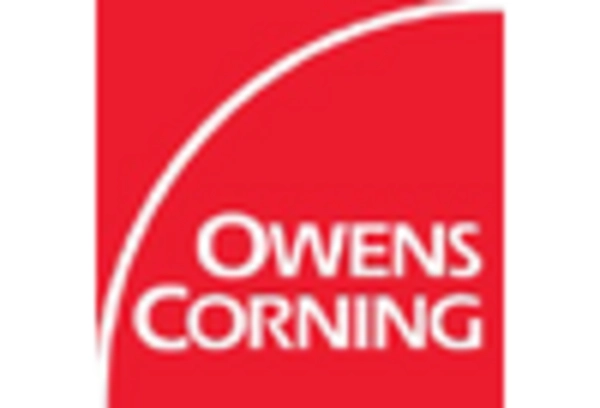
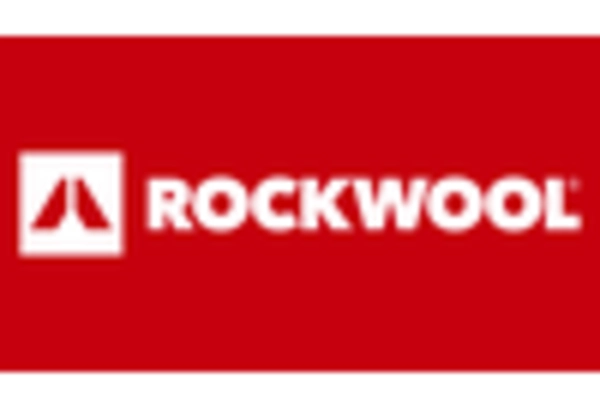









Leave a Comment